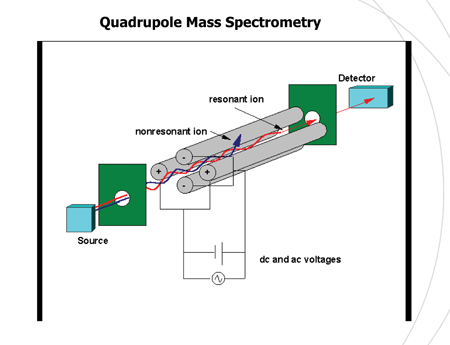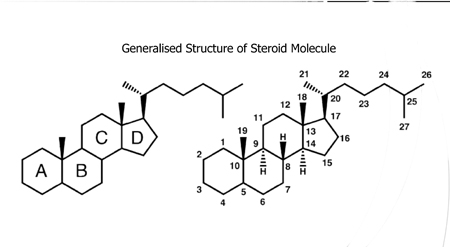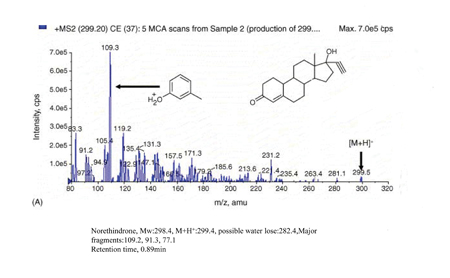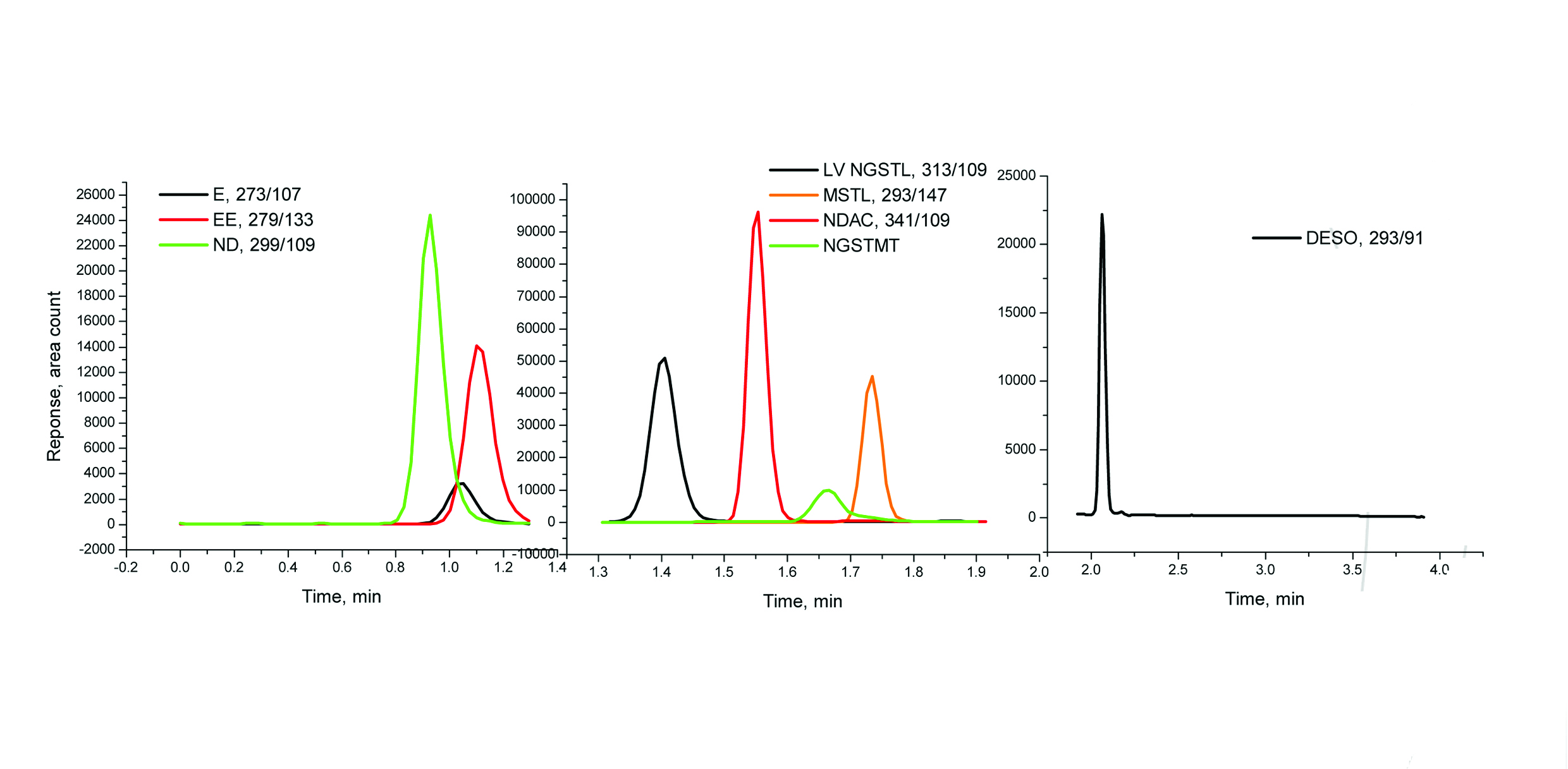All pharmaceutical manufacturers are required to comply with regulations for cleaning validation. Many companies have incorporated their historical practices with limited scientific underpinning and little evaluation of risk. Some companies have chosen to avoid the debate entirely by using expensive, disposable systems exclusively.
Using the latitude available in current good manufacturing practices for the 21st century, scientific data evaluation and risk-based approaches can streamline the process. By developing sound and defensible programmes with rapid and specific testing, cleaning validation can be more efficiently and effectively implemented.
Contract manufacturer Patheon provides the highest quality products and services to around 300 leading pharmaceutical and biotechnology companies. Its integrated network consists of 18 sites, housing 14 commercial contract manufacturing facilities and 12 development centres across North America and Europe. As a result, Patheon handles many different molecules and products for its customers.
Within any pharmaceutical manufacturing facility, it is critical to be sure that following the manufacture of one product, the equipment has been thoroughly cleaned to avoid risks of any carryover into the following product. Achieving this requires the application of validated cleaning procedures. Such procedures require that, following execution of the intended procedure, samples are taken and tested for any product residues.
If a validated cleaning procedure is not available, a cleaning verification approach may be applied, which means that equipment is cleaned and then samples tested on each occasion. Once the cleaning procedure has been validated, it is no longer considered necessary to take and test samples.
The nature of samples that are tested for residues could be rinsates (samples taken from the rinsing water after the equipment has been cleaned) or test swabs (taken of the surfaces after cleaning). At Patheon, the preferred method is to take and test swabs rather than rinsates as the latter tend to be more dilute whereas the swabs give higher concentrations. This is a widely used approach within other pharma companies.
It is a regulatory requirement that the analytical methods used are specific for the analyte concerned. The analytical procedures generally employed are high performance liquid chromatography (HPLC), which is widely used at Patheon, ultra performance liquid chromatography (UPLC), used at some Patheon sites, or liquid chromatography mass spectrometry (LC-MS), which is applied at Patheon’s Toronto Region site in Mississauga, Ontario. HPLC is probably the most widely used approach for testing and, in most cases, applies ultra-violet (UV) detection.
Each system has its advantages and disadvantages and the following comparison highlights some of these:
Cost: The price of a typical HPLC system with UV detector (approximately C$80,000) is considerably lower than the price of a MS detector (around C$200,000 plus the purchase price of the HPLC system to go with it). Also in this type of application, more than one MS unit is required to provide continuous operation and allow for maintenance.
Application constraints: A comparison of the two systems shows a variation in application range and some constraints. For example, HPLC-UV requires that the analyte must include a chromophore in its chemical structure. While for most samples this is not an issue, there are exceptions but even then there are usually alternatives available that are cheaper than MS. The application of MS detection, meanwhile, is virtually universal, provided that an analyte can be ionised.
Linearity range: When using quantitative chromatography, a linear response is required. The linearity range of HPLC is typically over four orders of magnitude. Each order of magnitude is a unit of 10, therefore for an analyte for which the quantification limit is 10ng (0.01μg), a range of four orders of magnitude stretches to 100μg. Compare this with the LC-MS linearity range, which very much depends on the analyte but may cover only two orders of magnitude.
Sensitivity: For HPLC-UV, the sensitivity depends on the nature of the chromophore but is unlikely to be much below 1ng, and other detection systems are often less sensitive than UV. For LC-MS, it is often possible to determine quantities 1,000 times lower than that for HPLC.
| Table 1: Example of LC-MS application | |||
| Name | Mol. wt. | Retention time min | |
| Norethindrone | 298.4 | 299.1/109.2 | 0.89 |
| Norethindrone acetate | 340.5 | 341.1/341.1 | 1.54 |
| Levonorgestrel, Norgestrel | 312.4 | 313.1/109.1 | 1.37 |
| Norgestimate Z,E | 369.5 | 370.4/370.4 | 1.69 |
| Desogestrel | 310.5 | 293.4/91.2 | 2.05 |
| Ethinyl Estradiol | 296.4 | 279.1/133.1 | 1.06 |
| Mestranol | 310.4 | 293.2/147.0 | 1.73 |
| Estradiol | 272.4 | 273.3/107.1 | 0.99 |
Thus far, it would appear that LC-MS is much more expensive and with not much in way of advantages, but factor in the speed and the benefits of LC-MS come into play.
Speed: HPLC run times are likely to be 5–10 mins but can be more than 20 mins, compared with LC-MS run times of around 1–2 mins. Chromatographic separations are not required because the selectivity is provided by MS, therefore they are often used with very short columns. The preparation of mobile phases is also very simple.
It is for these reasons that Patheon uses LC-MS. As a provider of contract development and solid and sterile dosage manufacturing services, the company’s manufacturing facilities are always busy and the company has to handle many different molecules. Therefore any down time of equipment due to cleaning or waiting for release following swab analysis is extremely expensive. A comparison of cycle times from receipt of the swab in the lab to approval of analytical report is 24 hours for HPLC but only eight hours for LC-MS.
There are other fringe benefits: as LC-MS is capable of detecting compounds in trace amounts it has the advantage of showing up certain impurities and degradation products. For example, it enables techniques to be developed for dealing with categories of impurities with limits that are below the detection capabilities of HPLC, such as genotoxic impurities. In addition, it provides a tool for ID of new impurities that may turn up during stability studies.
The analytical instrument model that Patheon is using is the triple quadrupole ABSciex 3200 LC-MS-MS system from ABSciex. The sample is introduced into the MS via an HPLC column. The components eluting from the column are ionised by electrospray, and the quadrupoles detect components by molecular weight, which means that chromatographic separation is not required.

Figure 2: Quadrupole mass spectrometry
Example test
The following example is for an LC-MS-MS procedure applied to oral contraceptive (OC) products produced by Patheon. The company handles many contraceptives for different clients, which means it would be convenient to have an analytical system set up for swabs taken from any product run.
The OC active ingredients are steroid hormones and comprise natural products of the triterpene group. Terpenes are hydro-carbons constructed of isoprene units: for example, monoterpenes have two isoprene units (C5H8–2-methyl-1,3-butadiene). The OCs are typically a combination of two estrogenic steroids – one of which is generally ethinyl estradiol; the other could be various compounds.
The strength of steroids in OC products is very low – typically around 10–30μg – and because the carry-over limits for cleaning residuals applications are based on product strengths, the limit for these products is extremely low. The objective for Patheon was to develop a single cleaning residuals method that could be applied to all eight steroids, enabling an analysis of all steroids simultaneously and as quickly as possible.

Figure 3: Generalised structure of steroid molecule
Because LC-MS was to be used, selectivity was based on molecular weights. In the case of Norethindrone, a fragment ion with one of the four rings of the steroids and a weight of 109.3 was chosen as it provides a strong signal for the MS to pick up (see Figure 4), compared with the complete steroid, which has a molecular weight of 299 and a weak signal.

Figure 4: The spectrum shows the major fragment used for detection (at 109.3)
The following method and equipment were applied:
- Column – Phenomenex Lunex C18 (3μm); 20mm x 2mm
- Mobile Phase – 0.1% formic acid in H2O/ MeOH; gradient ranging from 45/55 to 0/100
- Flow rate – 0.8 mL per min.
Only one injection containing all the analytes was required, as the conditions were altered to the optimal for each of the steroids as the injection proceeded through the system. The resulting chromatogram in Figure 5 shows a peak for each of the steroids, which had all eluted within about two minutes.

Figure 5: Chromatogram of eight hormone compounds
In conclusion, LC-MS can provide a rapid, highly sensitive, albeit rather expensive procedure for the analysis of cleaning residuals in swabs taken from manufacturing equipment. Here an example has been developed where a single method has been applied for the analysis of eight different OC steroids in approximately two minutes – made possible because chromatographic resolution was not required. This example demonstrates that a risk-based approach to validation can be advantageous, particularly for companies, such as contract manufacturers, that work with many different molecules.
